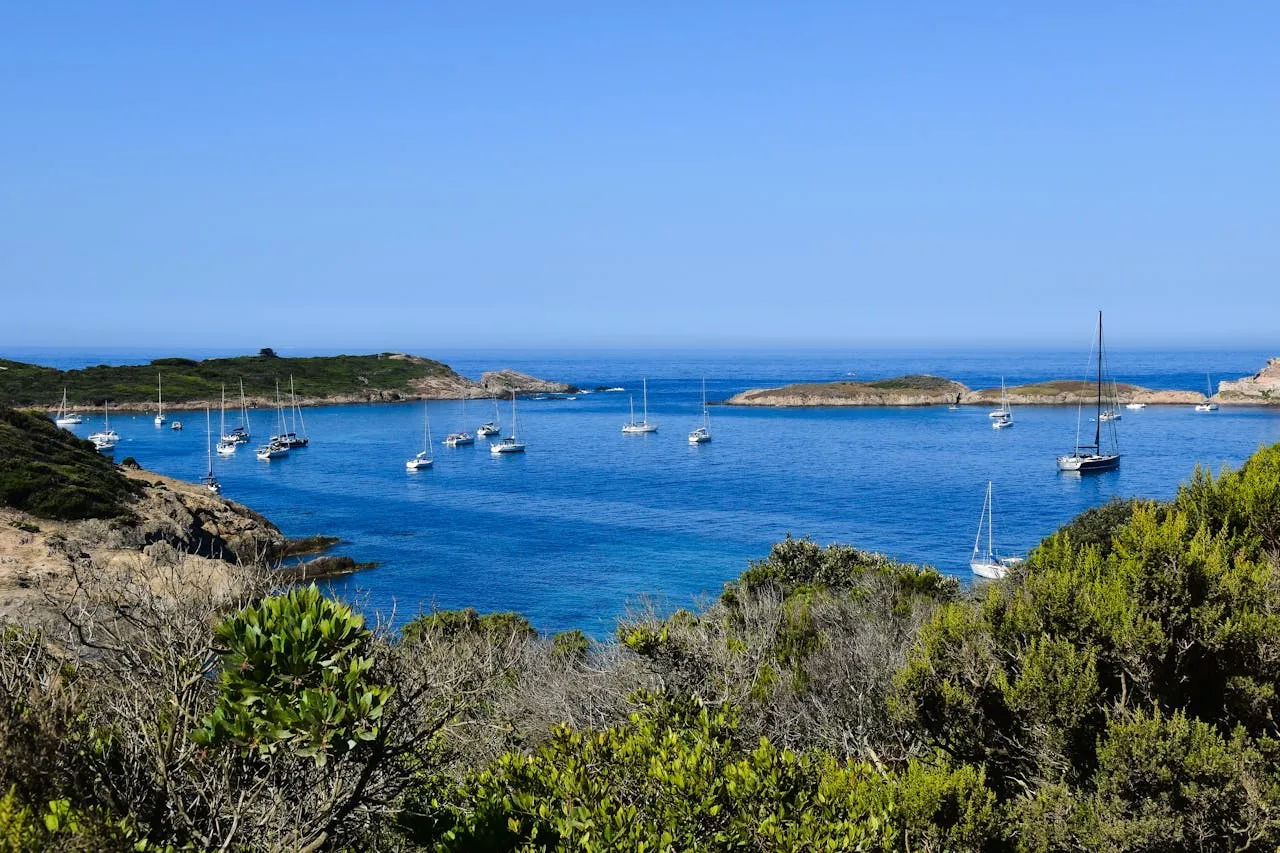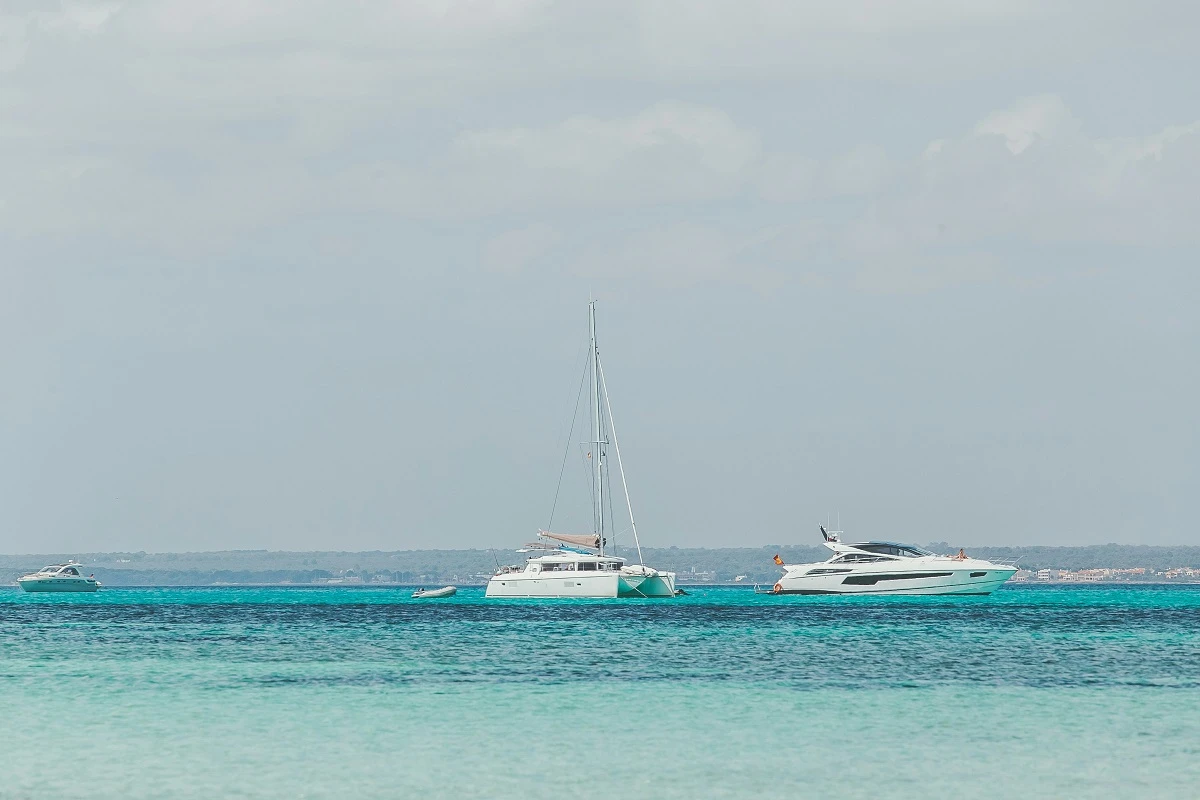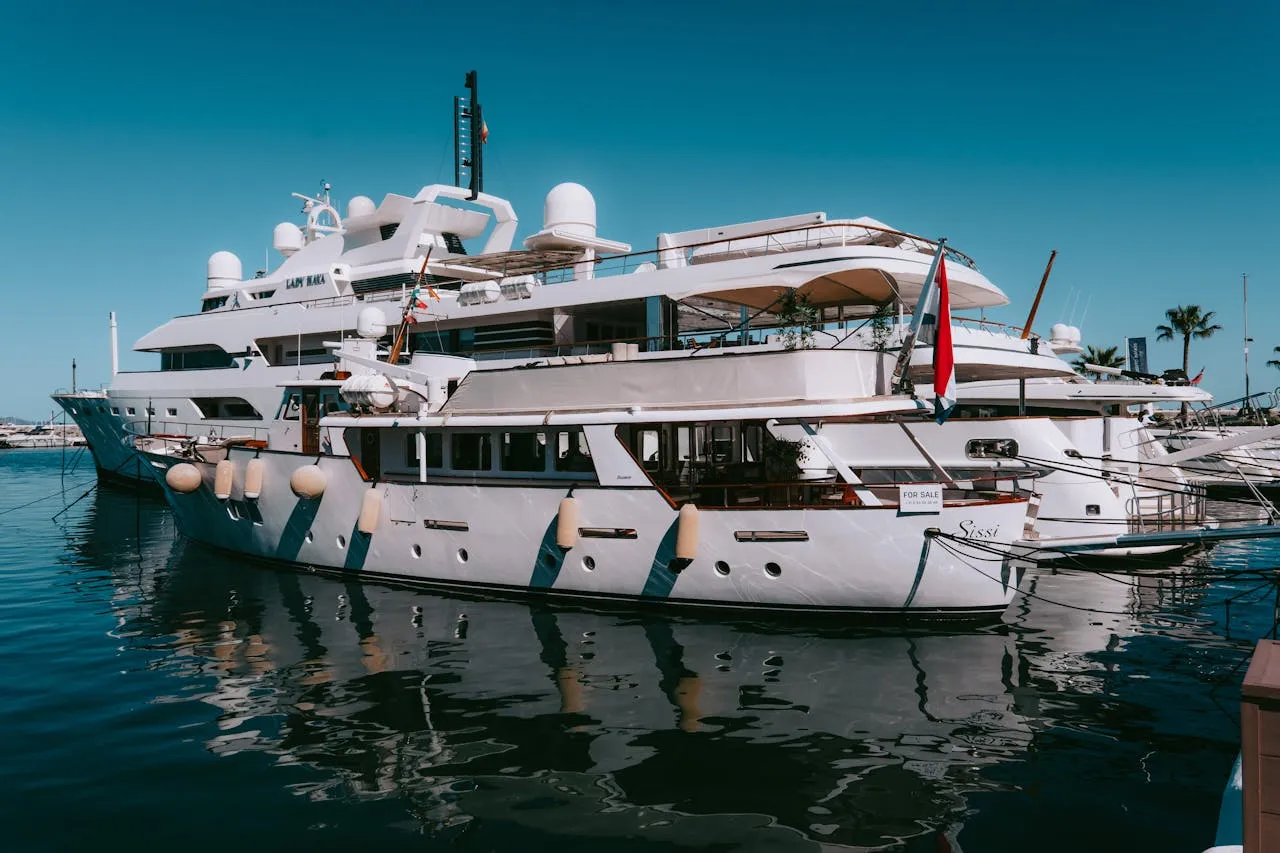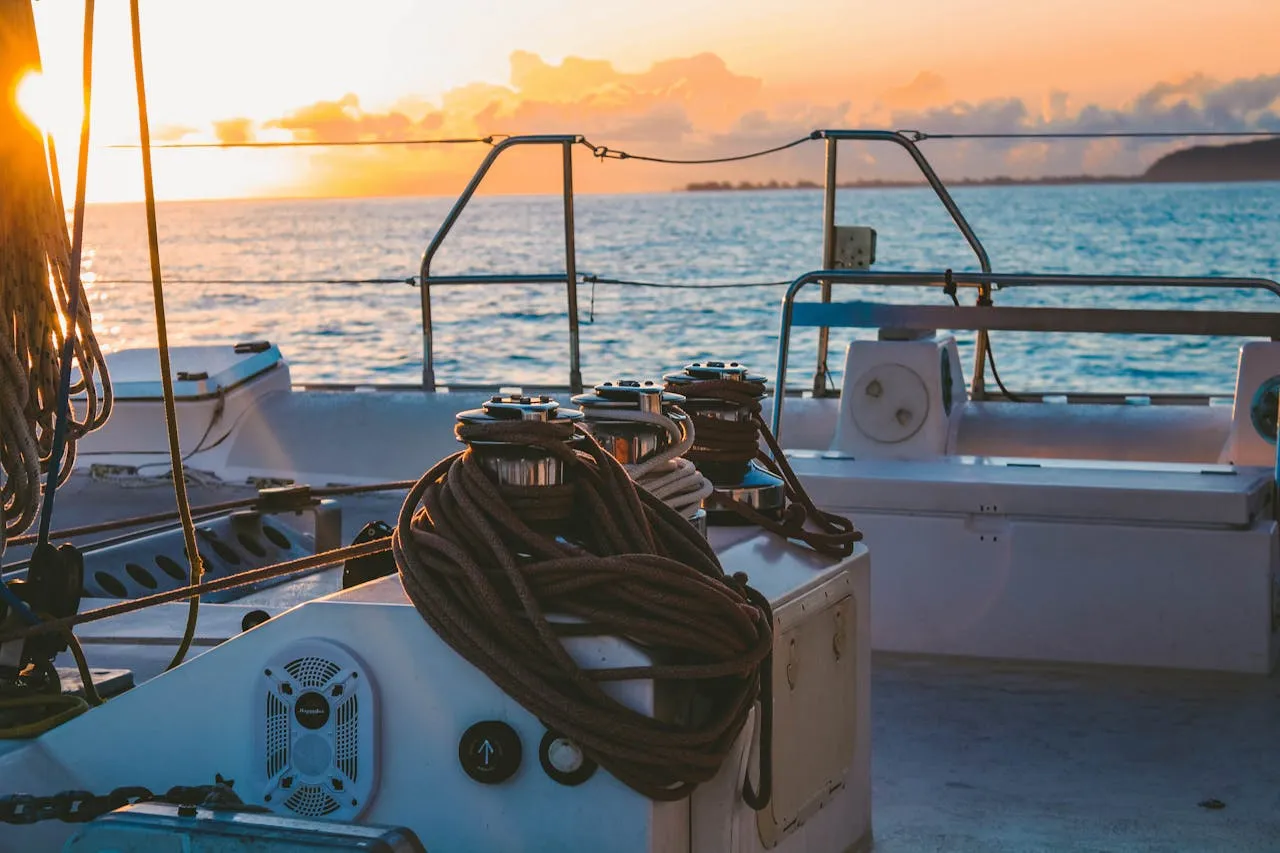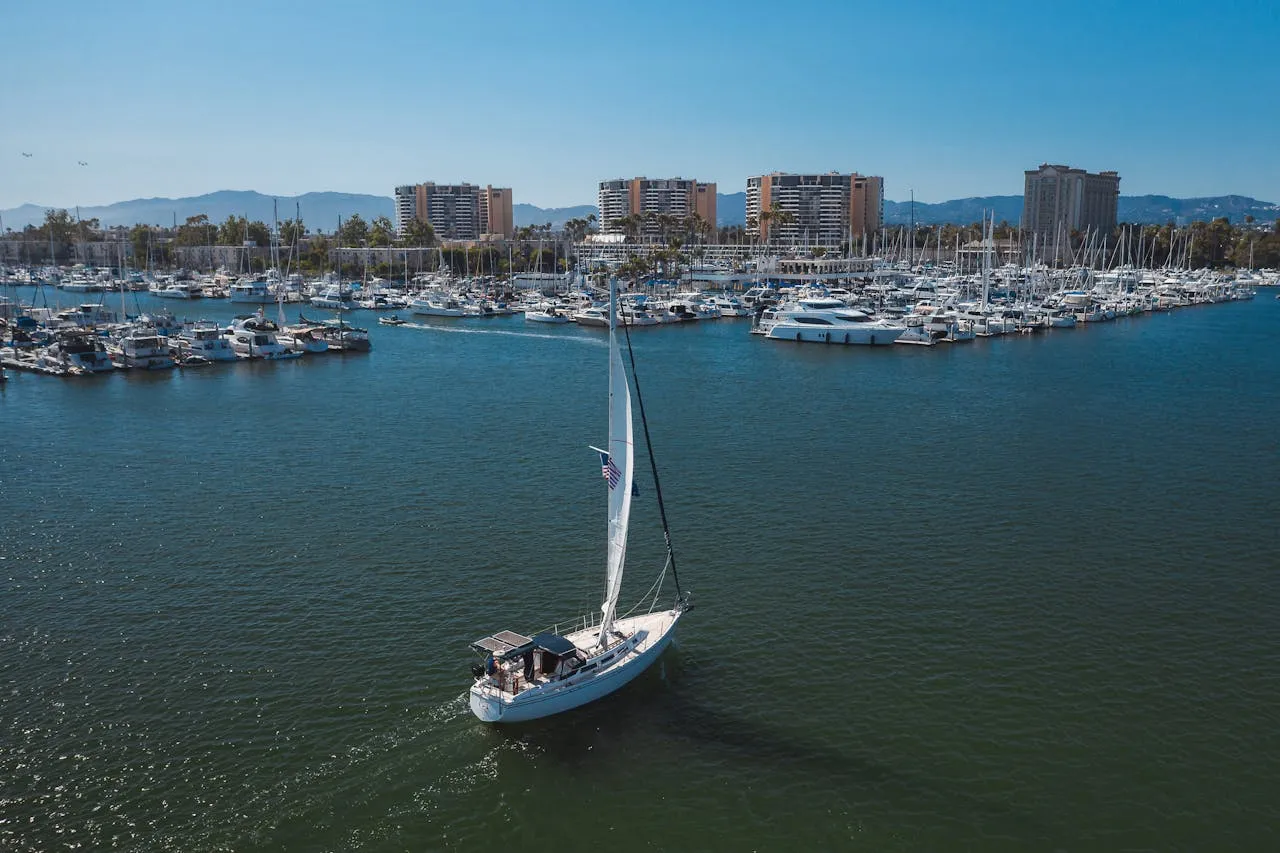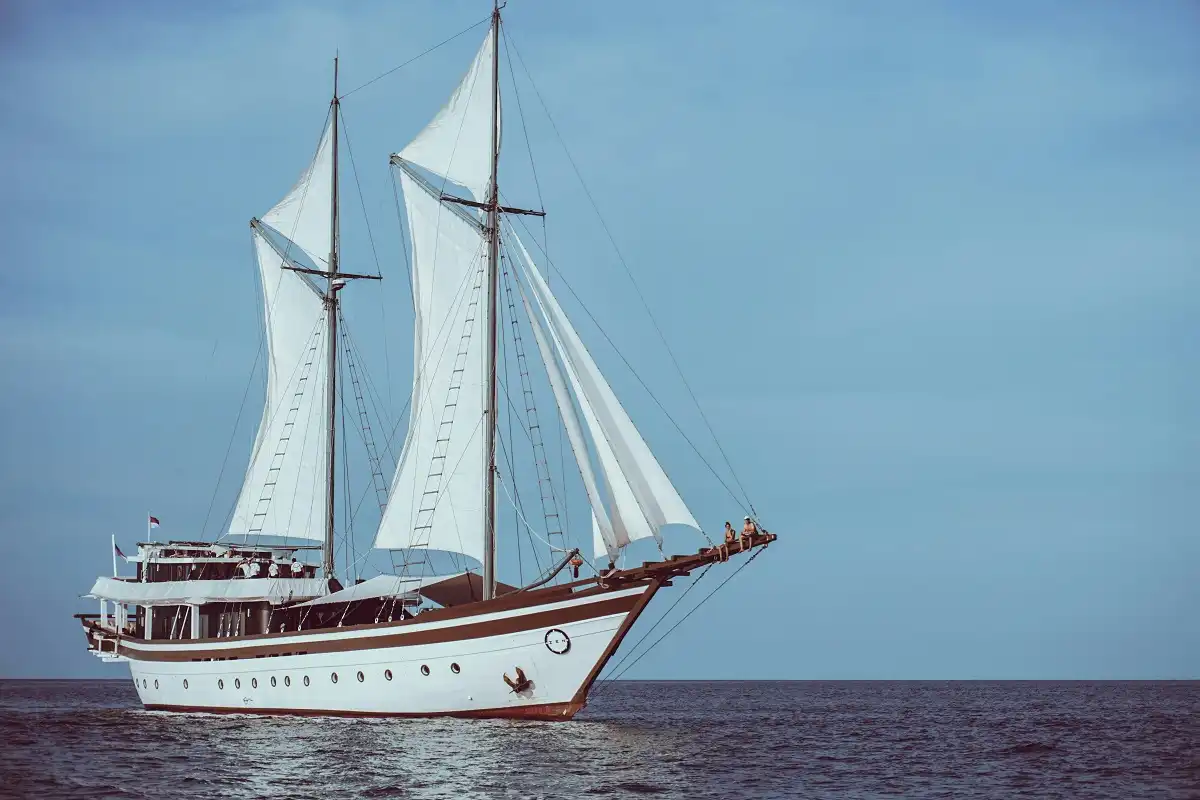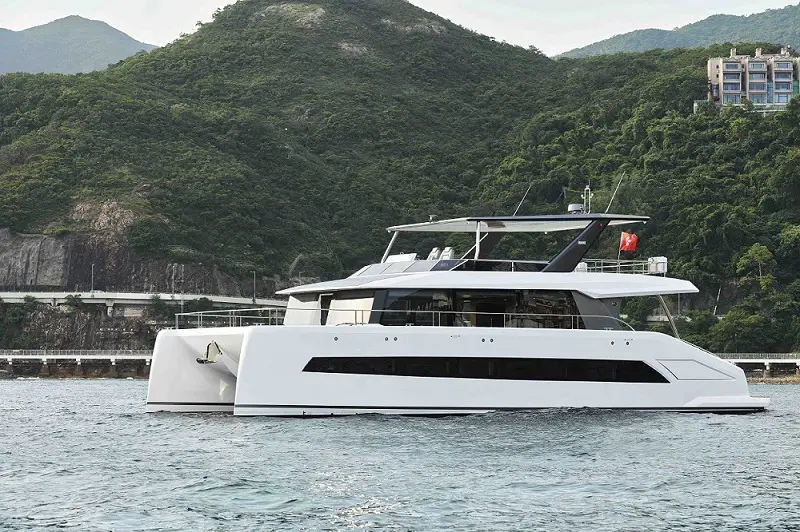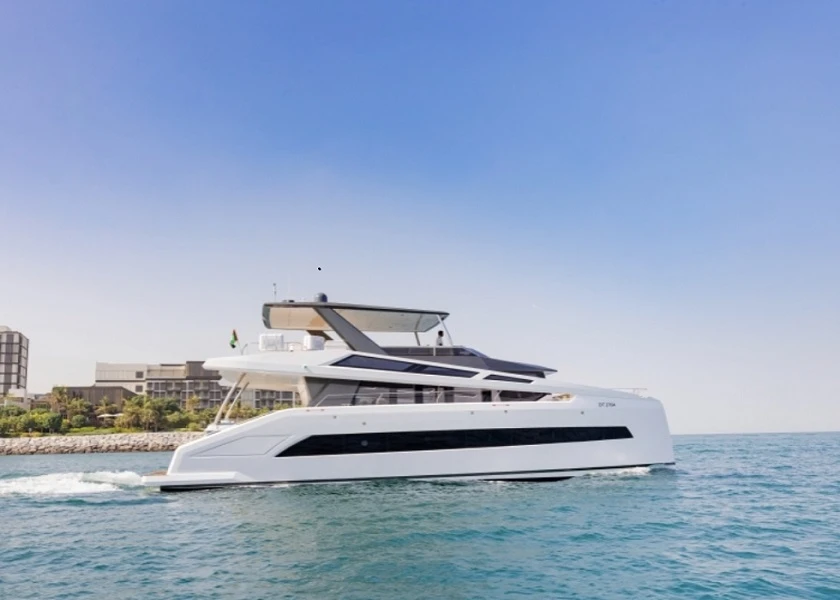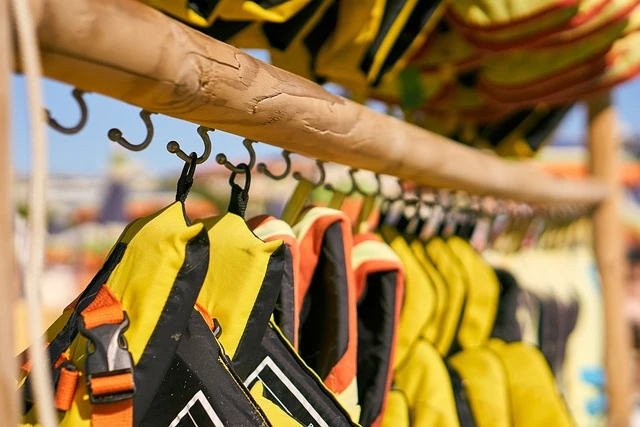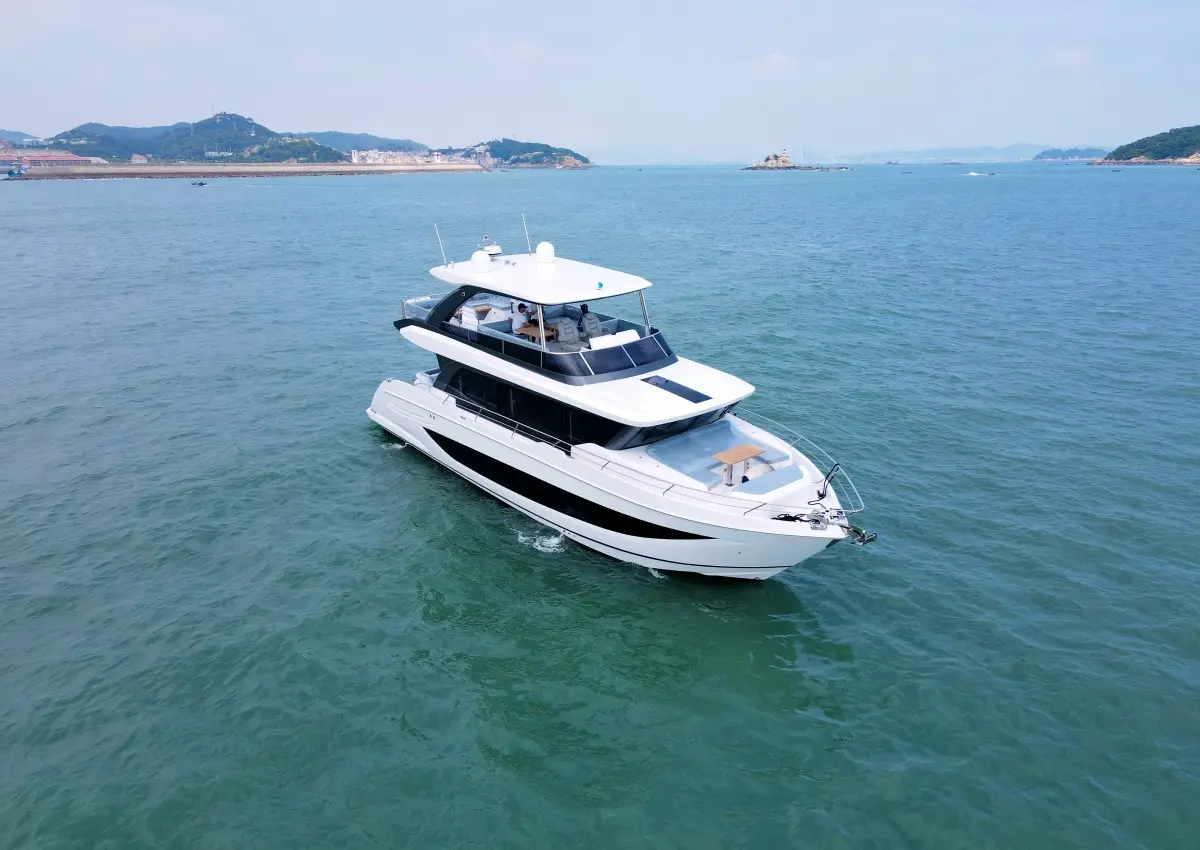Safety is the cornerstone of any ocean crossing. Make sure your yacht is loaded with vital safety equipment:
Life rafts and life jackets
EPIRBs (for emergency positioning)
Flares to signal distress
A well-stocked first-aid kit, including medication for seasickness, is a must.
Outline clear emergency procedures for all crew members, covering scenarios like someone overboard or hull damage.
Effective Communication is Vital
Equip your vessel with reliable communication tools:
A VHF radio
A satellite phone
An AIS (Automatic Identification System) for tracking
Regularly test and maintain this equipment to ensure it works flawlessly in emergencies. Practice emergency drills and have a solid plan in place to keep everyone safe.

Navigating Ocean Crossings: Vital Tips for a Smooth Journey
Embarking on an ocean crossing requires meticulous planning and a deep understanding of your route, weather conditions, and potential challenges.
Popular routes, like the Atlantic journey from the Canary Islands to the Caribbean or the Pacific crossing from the U.S. West Coast to Hawaii, each come with their unique set of obstacles. Keep in mind that the trade winds can aid east-to-west crossings, but be wary of hurricane season in the Atlantic.
Planning strategic stopovers is crucial. The Azores are a popular choice for Atlantic crossings, while Tahiti or Fiji offer great respite on Pacific voyages. Familiarize yourself with seasonal weather changes, such as monsoon seasons in the Indian Ocean, to prepare accordingly.
Before setting sail, arm yourself with:
Detailed nautical charts
Accurate weather forecasts
A comprehensive safety plan
Get ready to plan your exciting adventure with confidence!
Preparing Your Yacht: Key Steps
For a successful ocean crossing, thoroughly prepare your yacht through maintenance, provisioning, and crew training.
Start with a seaworthiness check, including the engine, fuel systems, and hull.
Ensure your navigational gear, like GPS and radar, are functioning properly.
Provisioning is key for long journeys. Stock up on non-perishable food, water, and fuel. Don't forget first-aid kits, tools, and spare parts for repairs. Plan waste management to keep your yacht organized.
Crew training is essential. Train your team in emergency procedures, navigation, and daily operations. Regular drills will ensure everyone knows what to do in case of an emergency.
Ready to embark on your ocean crossing? This guide covers everything from route planning to yacht preparation and safety tips. Follow these steps to ensure a smooth and successful voyage. Set sail with confidence and enjoy your ocean adventure!






 Leave the comment
Leave the comment

